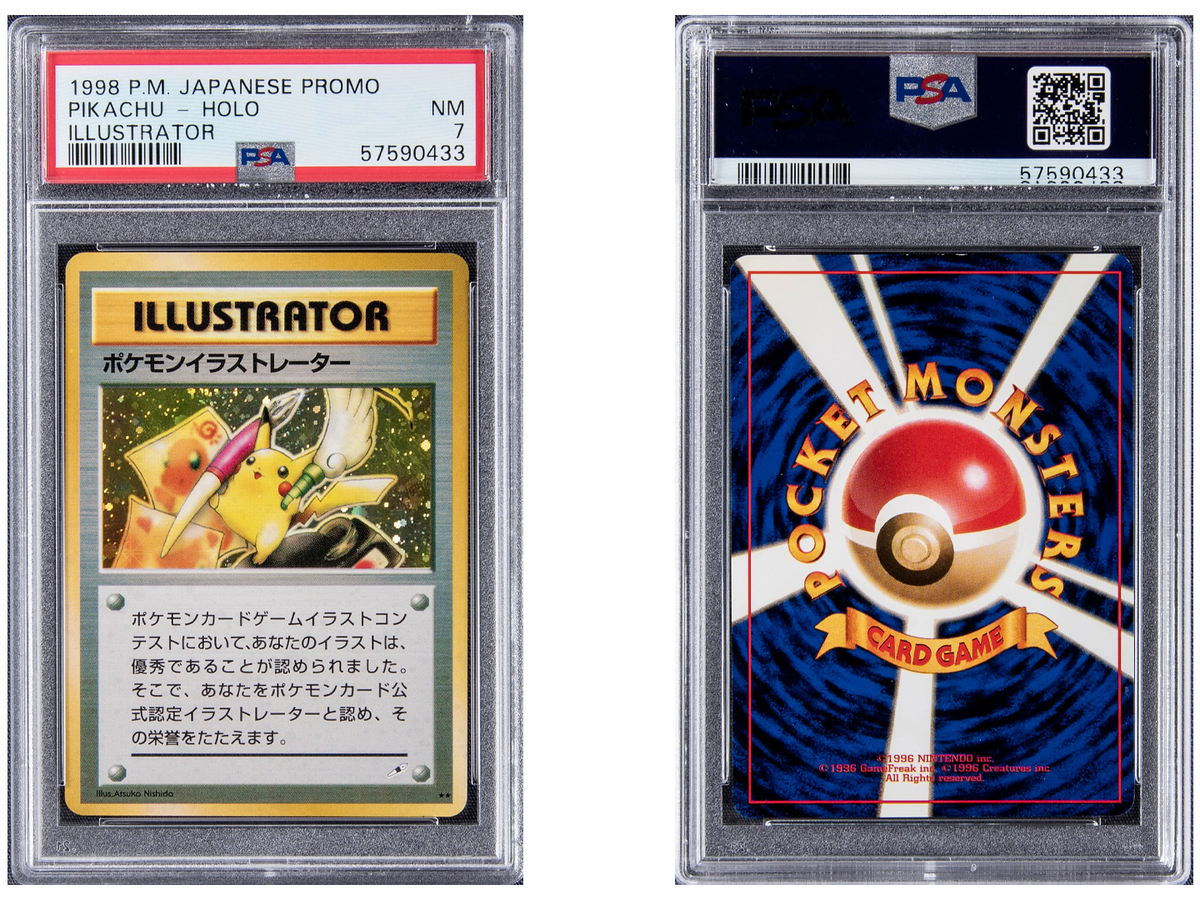How to Grade Pokemon Cards
Overview
Do you remember the first pack of Pokemon cards? When you opened that sealed box and looked through the cards, how did you feel? Was it exciting to be able to bring it back to school the next day?
How would you feel if that deck were still in its original condition ten years later?
Trading cards were a way to add excitement and thrill to your daily life. However, a small number of people saw the value in maintaining these cards’ condition over time. Why? Are you selling them to make an immense amount of money? To treasure a wonderful memory for passion?
It doesn’t matter the reason; if your Pokemon card is extremely rare or well preserved, you should trade it immediately.
We will explain how to grade Pokemon cards.
What Is Pokemon Card Grading?
You can grade your Pokemon cards by grading them.
The more a person’s condition, the higher their “grade, ” typically a numerical number out of 10.
Why Should Your Pokemon Cards Get Graded?
A handful of trading cards that were collectibles in our generation are the ones that can be resold. It’s possible to sell your NBA trading card, Magic the Gathering Card, or Pokemon Card in good condition if you keep them in a good state.
However, not all Pokemon cards are affected by this rule. You can inspect the condition of your card yourself, but it will not be possible to make a sale unless the authority has checked it.
Think about this: Would it be worth taking the chance of buying jewelry from someone who claims it to have 24 karats rather than going to an authorized, recognized jewelry shop?
It is possible to find out the exact value of your card by having your cards graded and rated by professional card grading firms. You can’t sell your card underselling, and you can use this information to send your cards to these companies, which we will mention later.
It’s time to grade your Pokemon cards if you’ve been keeping them in good shape!
Pokemon Card Grading Scale
Four factors can affect the grade and appeal of your Pokemon card:
1. Centering
This refers to the accuracy of the artwork on the card. The centring requirements for grading services tend to be stricter on the front of the card than they are on the back. They can also determine the card’s grade by using certain centring ratios.
2. Corners
This refers to the state of the corners. A card’s grade can be affected by things like nicks, whitening, or unsymmetrical cuts.
3. Edges
This refers to the condition of the edges on the card. Grade can be affected again by edgewear and nicks as well as whitening.
4. Surface
This refers to the card’s overall condition. Grades can be affected by scratches and nicks, print lines, or even holographic blur.
We can all thank Logan Paul for generating so much interest in Pokemon Card Collecting

